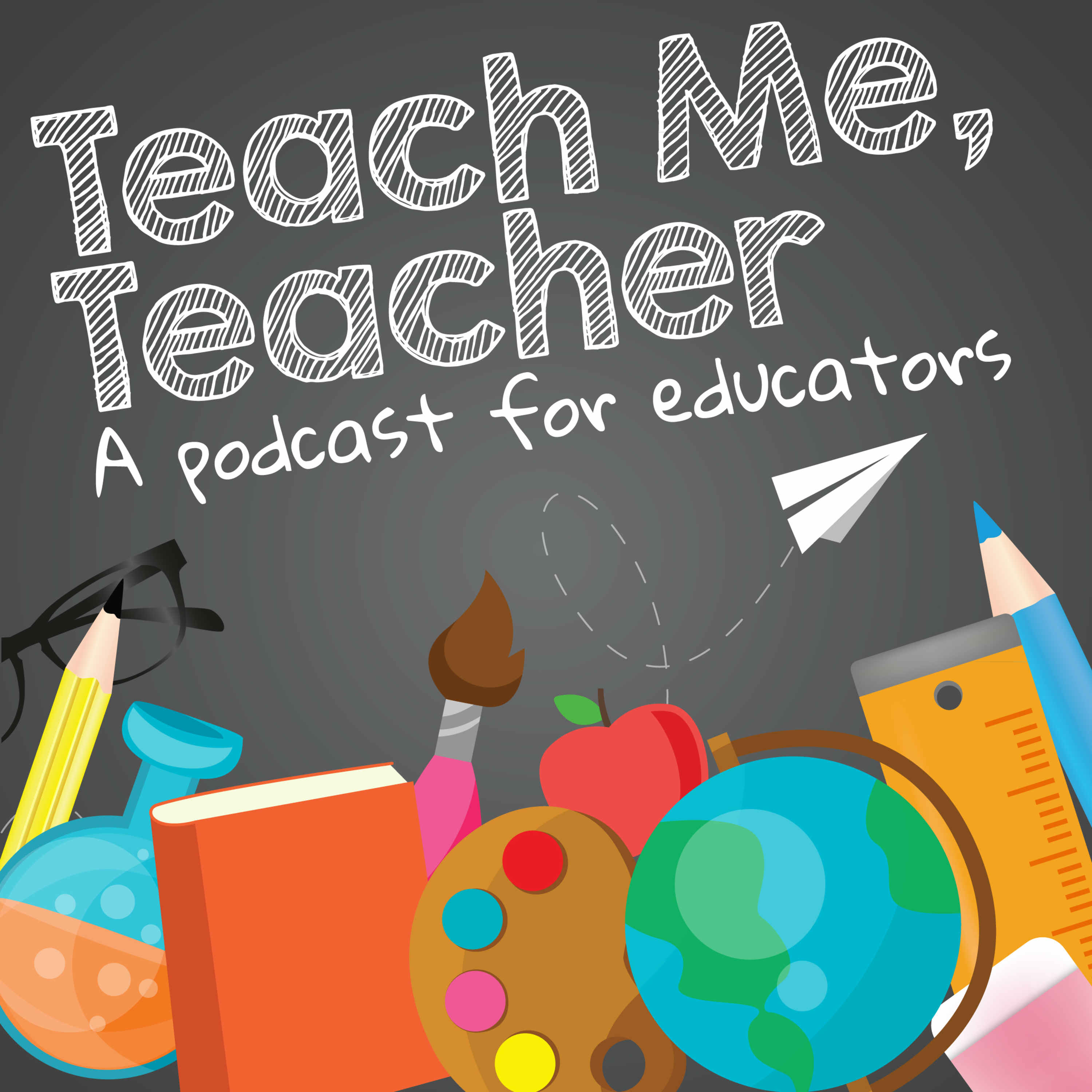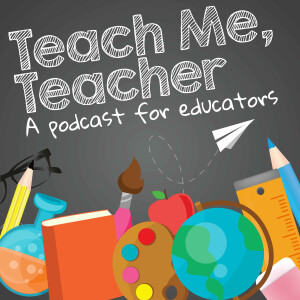
#249 The Complexity of Book Bans (Ashley Hope Pérez pt.2)
 2022-02-07
2022-02-07
Download
Right click and do "save link as"
Hello everyone! Last week, I spoke with Ashley Hope Pérez about book bans and why she has been speaking up about them. As an educator, trauma survivor, and author, Ashley brought her unique perspective to this topic and challenged us to look at the complexity of, not just book bans, but the human beings being affected by them most…kids.
In this episode, we continue this talk but dive into the nuance and complexity of book bans. What do they mean, why do they happen, and can we understand how many people can want a book banned are all a part of this talk...and much, much more.
Enjoy!
Teaching our children to think and reason mathematically is a challenge, not because students can’t learn to think mathematically, but because we must change our own often deeply-rooted teaching habits. This is where instructional routines come in. Their predictable design and repeatable nature support both teachers and students to develop new habits.
In Teaching for Thinking, Grace Kelemanik and Amy Lucenta pick up where their first book, Routines for Reasoning, left off. They draw on their years of experience in the classroom and as instructional coaches to examine how educators can make use of routines to make three fundamental shifts in teaching practice:
Focus on thinking: Shift attention away from students’ answers and toward their thinking and reasoning
Step out of the middle: Shift the balance from teacher-student interactions toward student-student interactions
Support productive struggle: Help students do the hard thinking work that leads to real learning
With three complete new routines, support for designing your own routine, and ideas for using routines in your professional learning as well as in your classroom teaching, Teaching for Thinking will help you build new teaching habits that will support all your students to become and see themselves as capable mathematicians.
view more
More Episodes
#369 Building Relationships Through Content
 2024-10-29
2024-10-29
 2024-10-29
2024-10-29
Guess Who's Back? (Season 9 Intro)
 2024-08-18
2024-08-18
 2024-08-18
2024-08-18
#357 Courages Leadership (Rhonda Roos pt.2)
 2024-06-18
2024-06-18
 2024-06-18
2024-06-18
012345678910111213141516171819
Create your
podcast in
minutes
- Full-featured podcast site
- Unlimited storage and bandwidth
- Comprehensive podcast stats
- Distribute to Apple Podcasts, Spotify, and more
- Make money with your podcast
It is Free
- Privacy Policy
- Cookie Policy
- Terms of Use
- Consent Preferences
- Copyright © 2015-2024 Podbean.com





